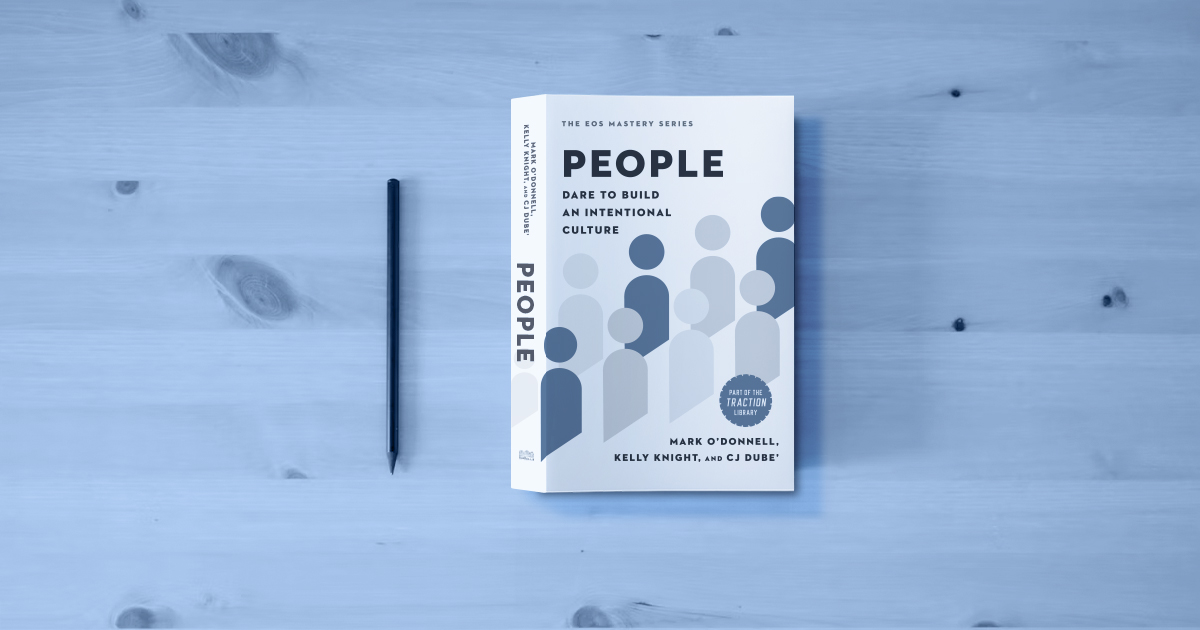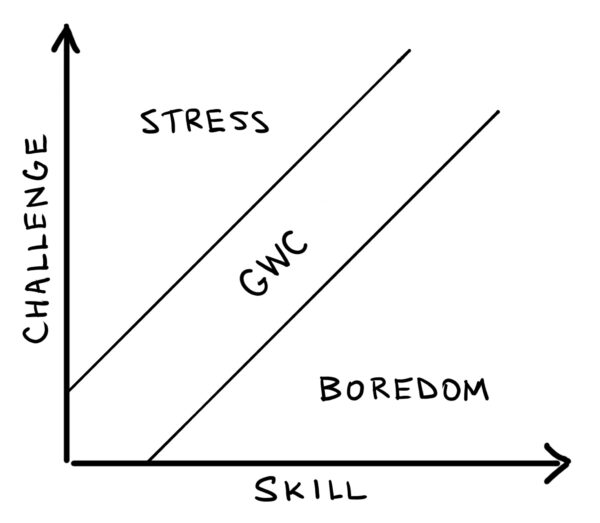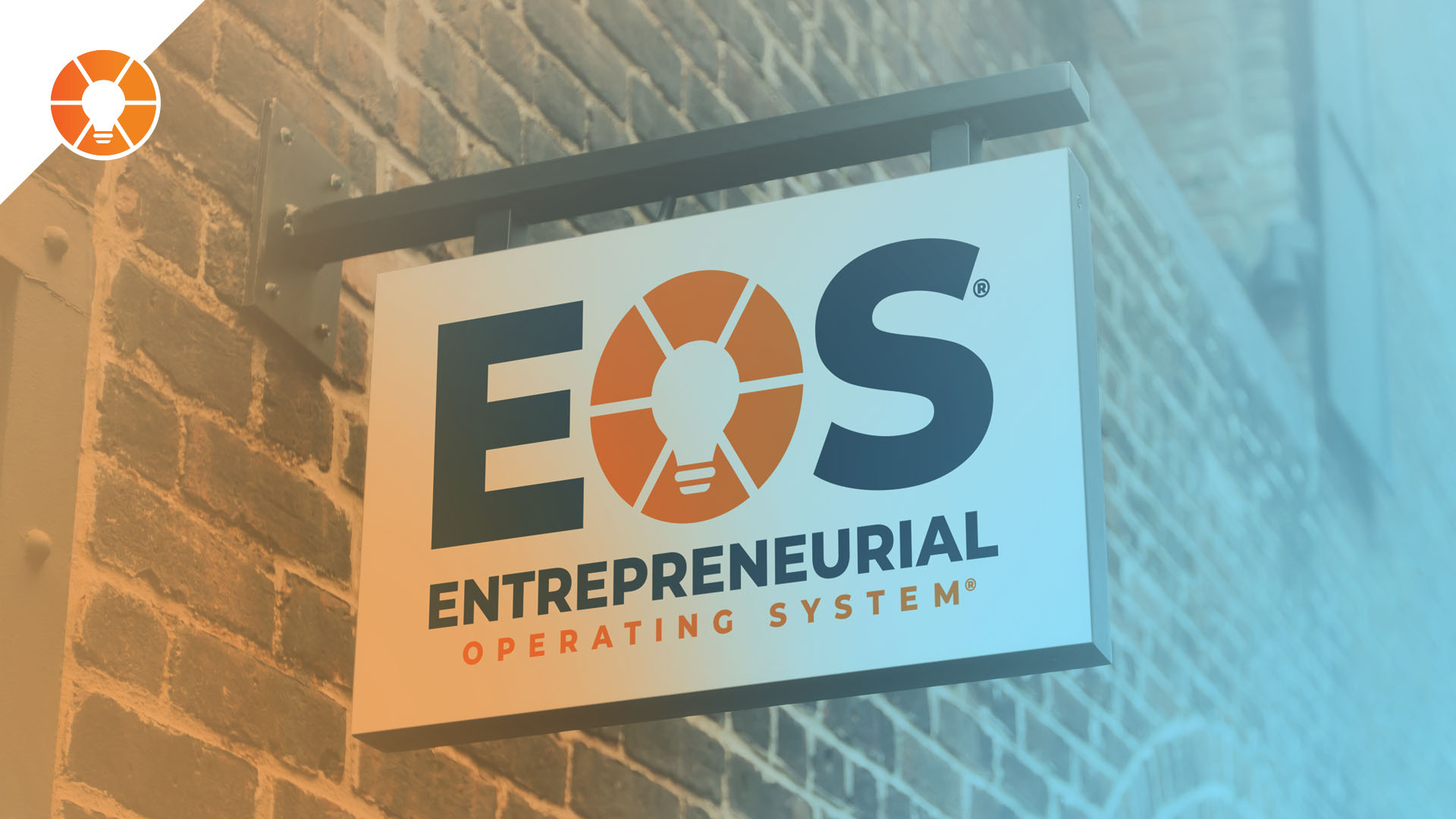
Having the right people in the right seats is essential to your organization’s success. GWC (Get it, Want it, Capacity to do it) serves as the criteria for determining if a person is operating within their true skill set. But how does GWC work over time? That’s where finding your team’s GWC Flow Channel comes in.
A Constant State of Change
Businesses operate in a constant state of change. So do people.
Over time, people may grow their skills and get bored. They may no longer want their seat. You may promote someone to a seat that’s too big for them. They end up stressed out to the point where they no longer get it or have the capacity to do the new role.
Or, most likely, your business may grow, causing the demands and expectations for their seat to increase. With the right support, they may rise to the occasion. But without the proper support, they’ll usually struggle.
Understanding the GWC Flow Channel
The ideal GWC development can be illustrated on a simple two-axis graph, with the GWC Flow Channel representing the sweet spot:

As the graph shows, you need to develop your people on a consistent yet manageable and enjoyable basis. To do that, you need to find the right balance of challenge compared to someone’s current skills.
Some of your team members probably love big challenges way outside of their current skill sets. Others can only stretch incrementally before shutting down. It’s different for each person. To get it right with each one, always invest in your people with directed learning, one-on-one coaching, and instructive experience.
That’s when you’ll start seeing individuals hit flow states. First coined by psychologist Mihaly Csikszentmihalyi, flow states represent zones where we operate at our best and skyrocket productivity.
From Individual Flow to Team Flow
Of course, you want to prioritize getting each and every team member’s GWC Flow Channel right for their happiness and engagement. But did you know that flow doesn’t just impact the individual’s experience? Once a person has nailed their flow themselves, they can contribute to the rest of their team hitting flow together.
And when teams experience flow together, they get surges of oxytocin, the bonding hormone that fosters trust and collaboration. They’ll operate in complete synchronization, become hyper-focused, and achieve more than ever before.
Three Steps to Make Flow Happen Across Your Team
Ready to get your entire team operating within their GWC Flow Channel? Start with these three steps.
- Use the GWC Tool to assess every person on your team. Are they in the right seats? Do they GWC their jobs to do them effectively?
- Hold Quarterly Conversations™ with each of your team members. This is your opportunity to check in with them about their role in a 1:1 setting. Are any of your people outside of their GWC Flow Channel experiencing boredom, stress, or anxiety?
- Be more intentional about team structure, health, and productivity with more tools and techniques from our new book, People: Dare to Build an Intentional Culture.







